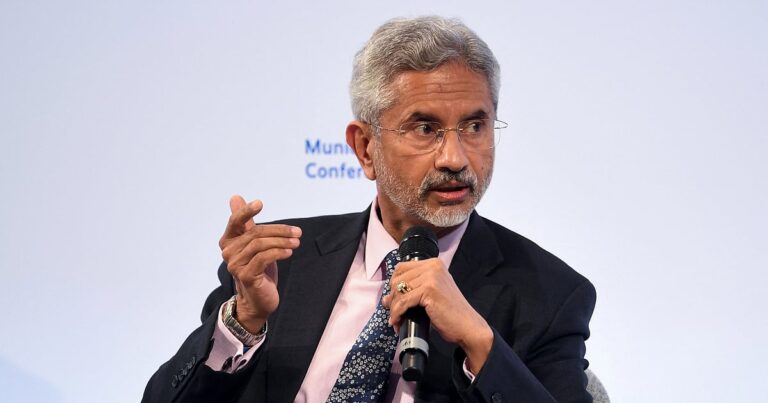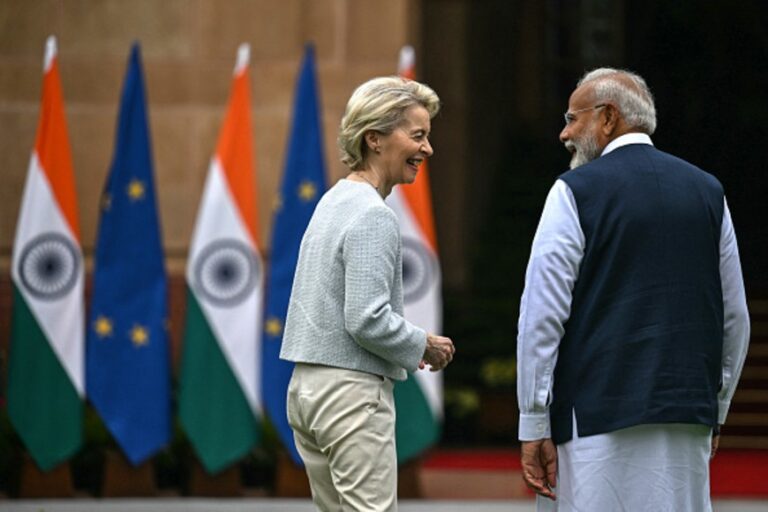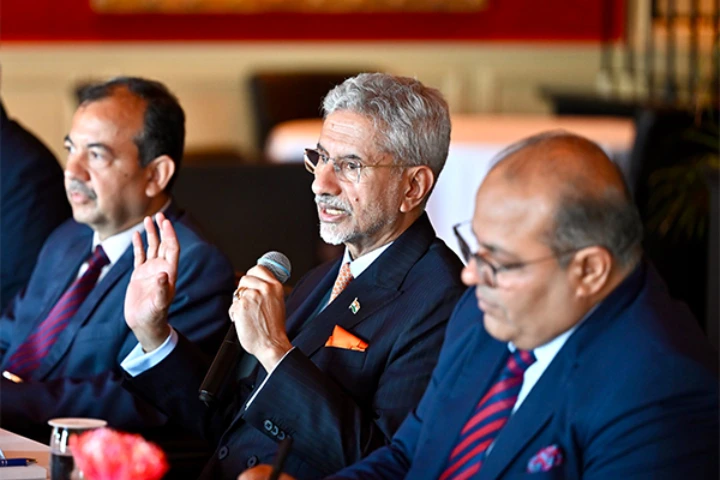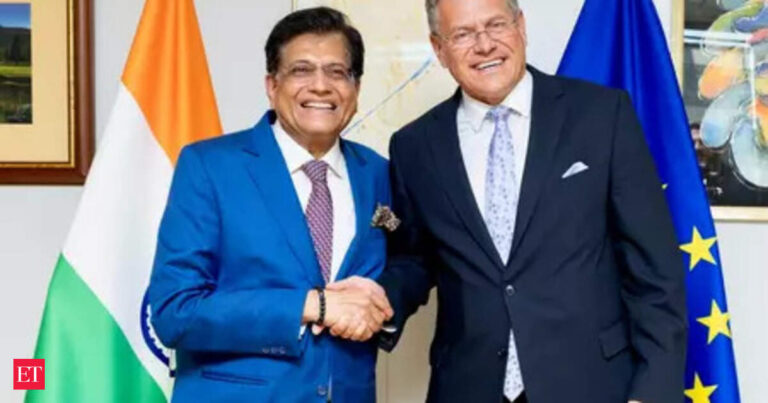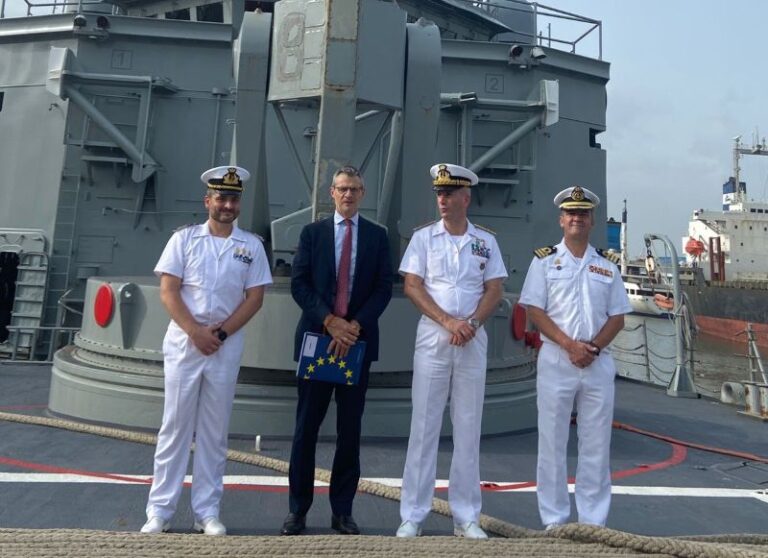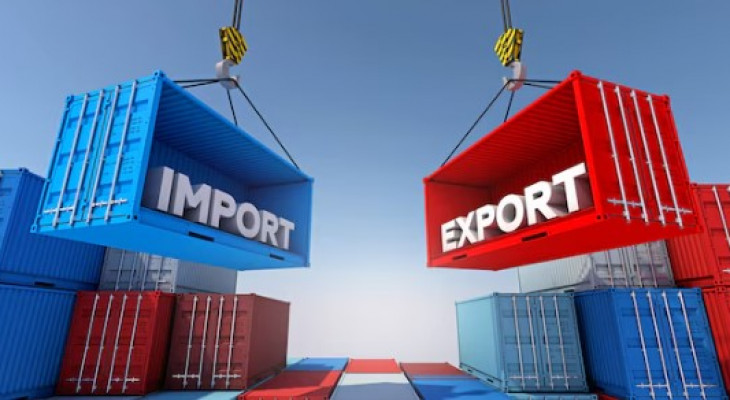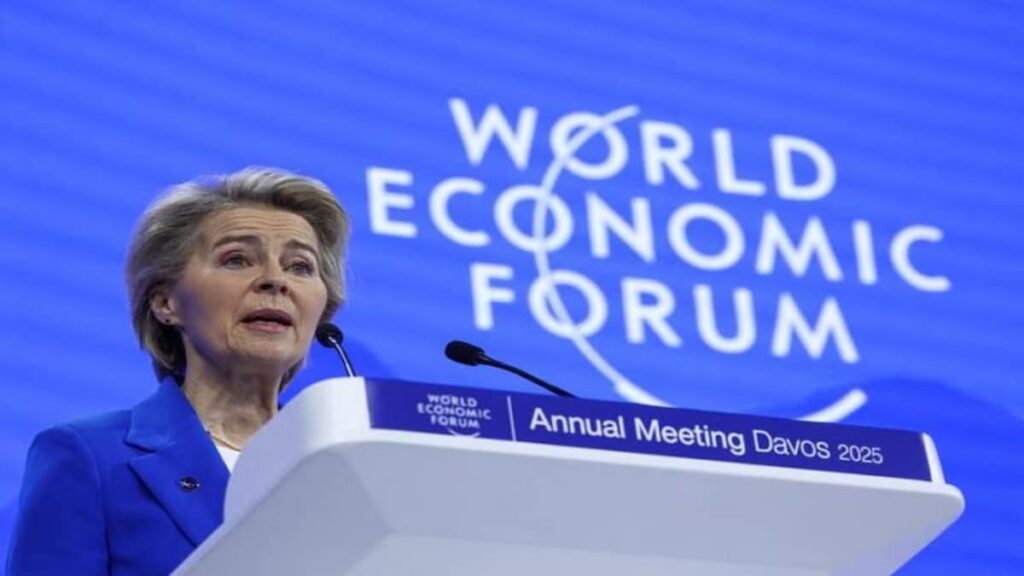
By (Mme) Amb Narinder Chauhan
The president of the European Commission, Ursula van der Leyen, identified India as the first step abroad of her new commission with a professor of “upgrading” the strategic partnership with India. India must also straighten Europe into an uncertain world. The next India-UE summit will reshape their relationships. As two largest democracies in the world, the EU and India are united in their commitment to a global order based on rules, effective multilateralism and sustainable development. In 2004, at 5th India Summit, India and the EU have become strategic partners. 15 The summits of India-EU have been held so far.
The regular institutionalization of the India-EU relationship, with discussions at the periodic summit level, offers an annual platform to examine progress and set new objectives and objectives. However, the differences in their political organization and the geopolitical environment are austere. While India is alone as a political actor representing its own national interests, the EU collectively represents 27 countries and is a very effective economic player. While the security of Europe is supported by the transatlantic partnership, India is responsible for its own security without a security guarantor for the region. The creation of effective multilateralism requires greater housing of interests and coordination of policies, and approving the evolution of power configurations. Many EU member states support India’s position on CSNU reform, but there is no common position of the EU.
Although some of the strategic interests of India converge with those of the EU, the two have various global aspirations. While India is the only democracy in South Asia and the closest to Western democracies, the EU has chosen to give conferences in India on its human rights file. However, the proactive commitment of the EU with China proves that the EU is also motivated by realistic considerations on trade. India does not support the promotion of democracy because the United States made a point that has also divided the EU on American action in Iraq. Consequently, the EU and India could collaborate in the supply of economic and political assistance through institutional support and reconstruction as in Afghanistan.
The EU and India are important important energy and therefore to guarantee safe, affordable and lasting energy supplies are crucial for both. In this context, India Energy’s dialogue must go beyond the sharing of opinions. India and the EU have now concluded a civil nuclear cooperation agreement which can lead to rich dividends for European companies which will also benefit from the recently announced budgetary proposal to modify the Indian law on nuclear responsibility.
On climate change, although both have common interests and approve of the world protocols, the challenges they face are different. India is confronted with a difficult task to adopt the required standards, since its main priority is to provide development and growth for its expansion population. Assistance in financing the technological gap to which India is faced can lead to joint efforts to respond to environmental and development concerns, which, however, will be the greatest challenge because it implies the private sector.
The scope of cooperation on social issues is immense since India is at the crossroads of the developed and developing world. While India promotes economic growth, it is also faced with the achievement of the Millennium Development Goals. In this context, the EU completes Sarva Shiksha Abhiyan (SSA) of India and the National Rural Health Mission (NRHM).
A major challenge lies in improving commercial and investment flows. Although India has lowered its prices, it must face non -tariff obstacles such as health and phytosanitary conditions (SPS) and in -depth procedures to ensure the certification of exports to the EU. An examination is on the cards by the EU following the Draghi report urging deregulation and simplification of the rules to stimulate innovation and trade.
The EU claims that the high price barriers of India are not sufficiently transparent and are therefore not conducive to the creation of a commercial authorization structure. A major challenge for both is to extend traditional commercial elements to include sectors such as services, organic technologies and nano and genomics, where collaboration would offer greater advantages to both. An aging company which is also lagging behind in R&D, synergies could be improved between the great scientific base of India and the EU supporting R&D projects thanks to more scholarships and a flexible visa regime.
In accordance with EU statistics, the EU has resurfaced as the largest trading partner in India with Euro 124 B of trade in goods in 2023 or 12.2% of total trade, exceeding the United States ( 10.8%) and China (10.5%). The EU is the second largest destination for Indian exports after the United States. The trade in services reached Euro 50.8b in 2023. The IED of the EU in 2022 reached Euro 108.3b, which is significant but well below its investment actions in China ( E247.5b) or in Brazil (E 293. 4b). Some 6,000 European companies are present in India, directly providing 1.7 m of jobs and indirectly 5 m of jobs. Airbus, for example, provides 80% of Indian civil aircraft and Eurocopter will soon start to make helicopters in India. Although a complete economic agreement remains not conclusive, confronted as both with the Trump prices, increased cooperation on the commercial front becomes even more imminent.
Europe is an established power, while India seeks to change the status quo in global governance. While the main superpower USA improves its relations with India, if the real intention is to contain the rise of China, India does not consider itself a counterweight to China. India’s foreign policy does not plan to be part of a military alliance. In this context, India-EU relations become greater. The EU seeks to create a multipolar world in which it identifies India and China as emerging Asian power centers and seeks to engage India because of its economic growth. However, there is a deficit in India-EU relations, because the capacity of Europe to provide security deliverables to the partnership is extremely limited.
India as an emerging power aims to improve its soft power with hard power. On the other hand, the EU, as a postmodern actor, is looking for a new collective identity based on the soft power. The EU is the most successful example of regional integration and sustainable peace between countries and yet the lack of political cohesion and EU military prowess has diluted its global political efficiency. The biggest challenge in the EU assessment as an economic, political and world security actor lies in the fact that it is constantly evolving. India and the EU should conclude a strategic dialogue that leads to concrete action. Translating the potential for cooperation in reality will require a strategic vision and a political sagacity. In this context, the EU will have to respect the strategic autonomy of India and its freedom to set its own priorities. Indeed, the challenge for the strategic partnership of India is to balance standards and realism.
THE AUthor is a former Indian ambassador. She was also a councilor / minister dealing with commercial policy at the India Embassy in Brussels, accredited to the EU, Belgium and Luxembourg.
Warning: The views expressed are personal and do not reflect the official position or the Financialiexpress.com policy. The reproduction of this content without authorization is prohibited.

